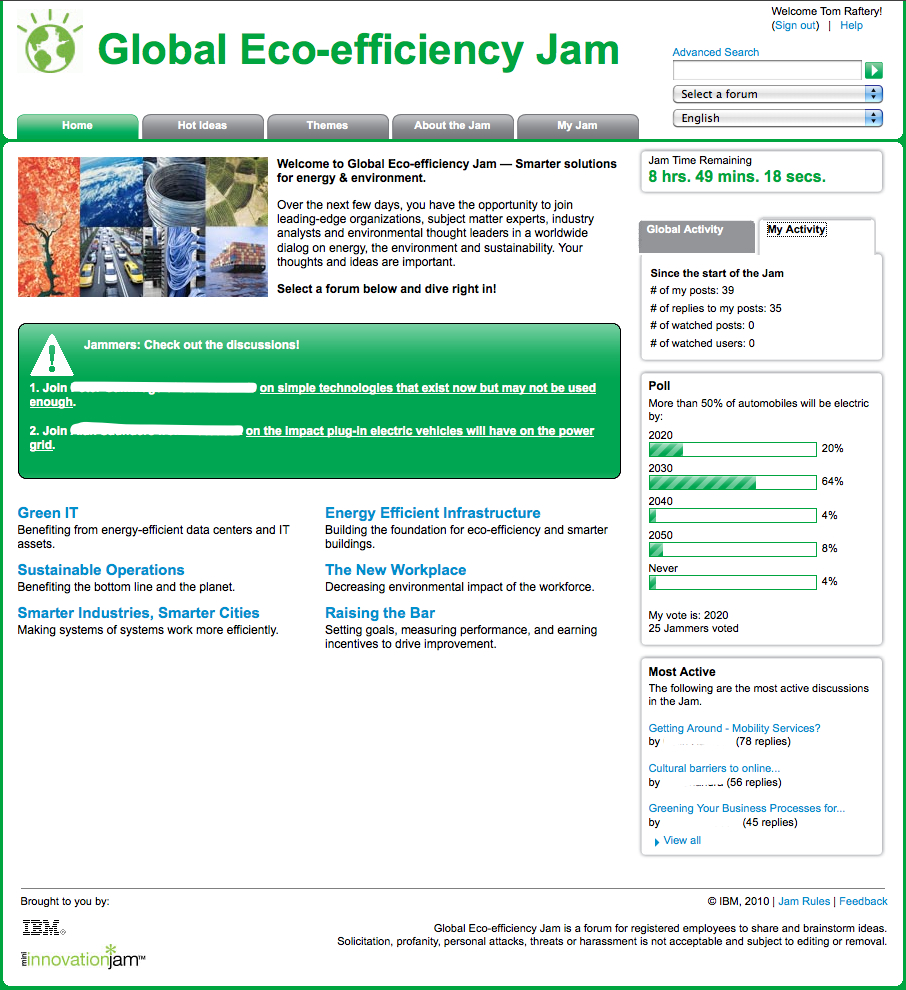Some of the more fascinating stories we looked at on the show, included Glasgow University becoming the first university in Europe to divest from fossil fuels, Code.org partnering with Google, and Microsoft to help 100M students learn computer science, and Susan Scrupski’s new venture, Big Mountain Data using Big Data to tackle the problem of domestic violence.
Here is the full list of stories that we covered in this week’s show:
Climate
Energy
- Drought Dries Up California Hydropower
- DOE: 54-GWs of Untapped Offshore Wind Power
- Glasgow becomes first university in Europe to divest from fossil fuels
- China coal consumption down 23% as more funds dump fossil fuels
Lighting
- Lighting Sheets Would Use Half as Much Power as Lightbulbs
- Efficient, useful blue-light LED draws Nobel Prize in physics
Transportation
- Volvo’s big rig continuously scans surroundings to prevent accidents
- Mercedes built a self-driving truck that could save thousands of lives every year
Smart Cities
Comms
Compute
Mobile
Sustainability
Education
- Code.org partners with Google, Microsoft to help 100M students learn computer science
- Internet.org promotes apps and sites for women, farmers
Women in Tech



